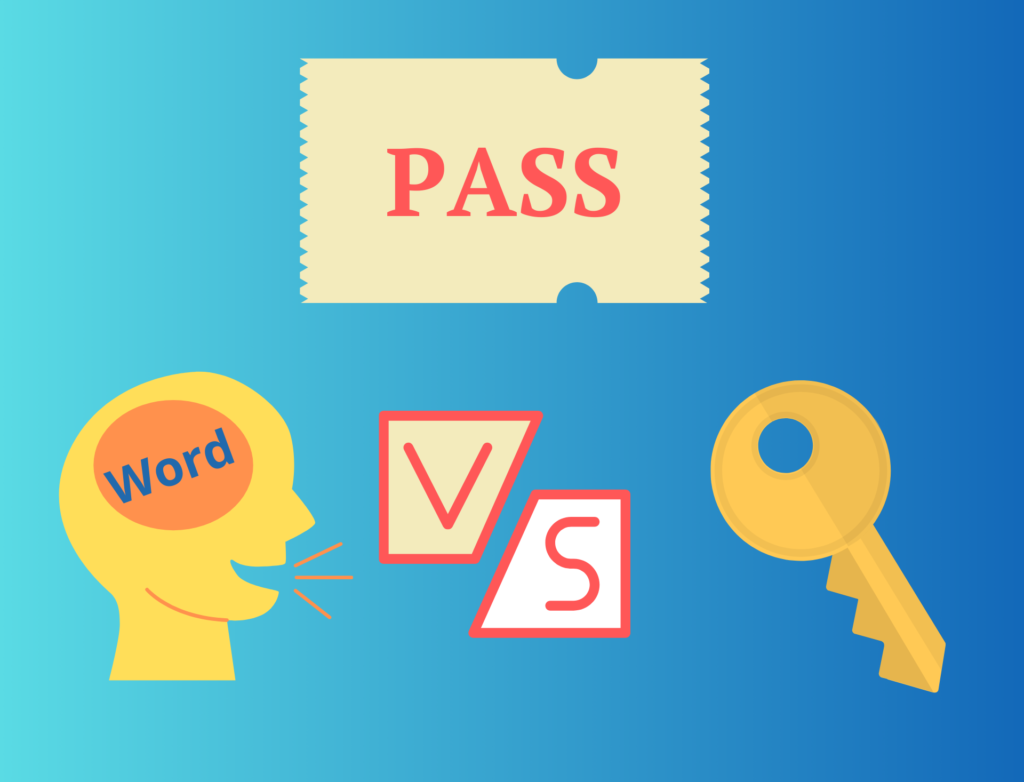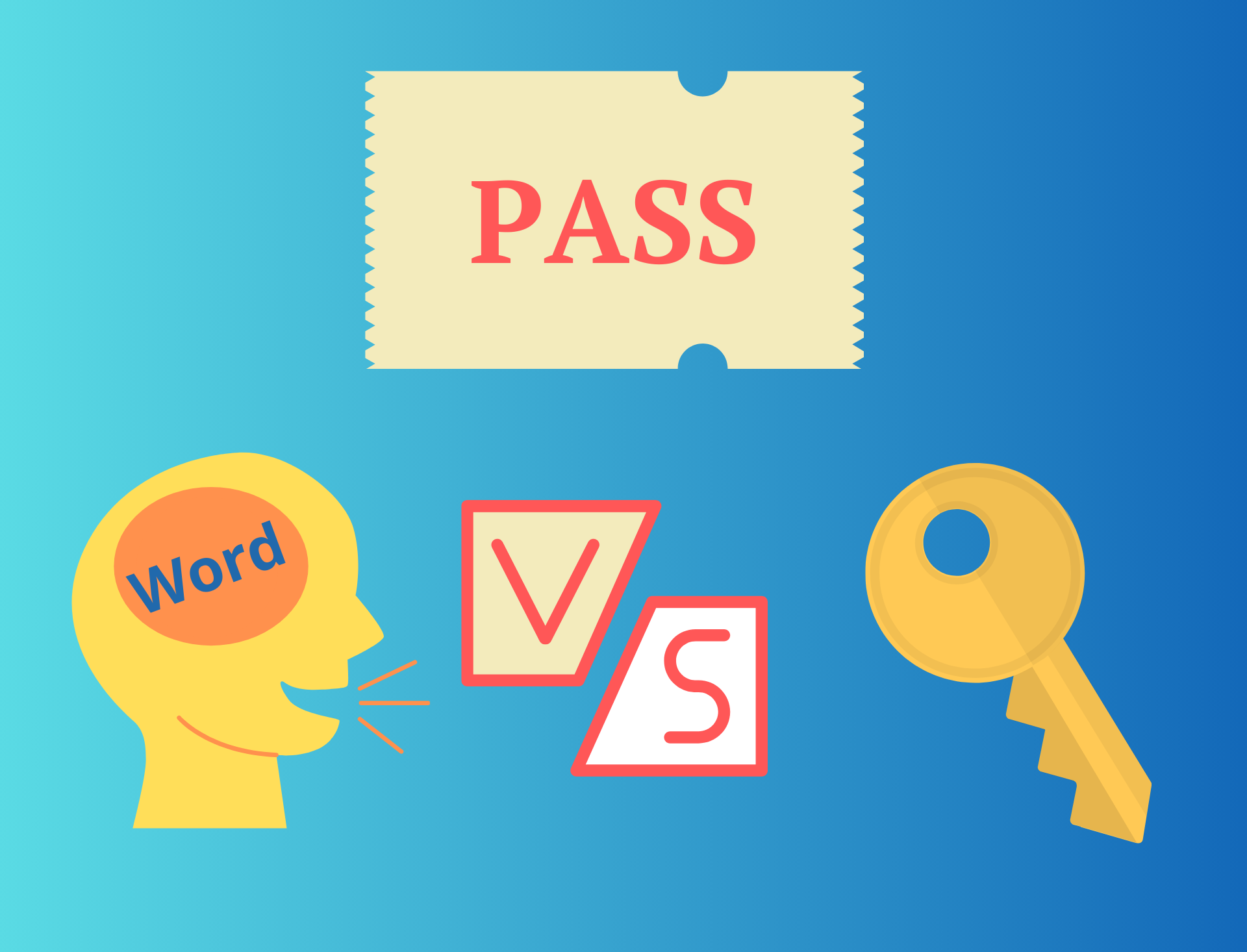In the ever-evolving landscape of online security, the age-old reliance on passwords seems to be facing a formidable challenger—passkeys. With major players like iPhone and Mac adopting this new industry standard, it’s time we delve into the intricacies of passkeys, understand their advantages over traditional passwords, and explore the potential revolution they bring to our digital lives.

The Password Predicament
Password Weaknesses
Passwords, despite their prevalence, come with their fair share of vulnerabilities. From the inconvenience of remembering complex combinations to the risk of using the same password across multiple platforms, the flaws are evident. Data breaches and phishing attacks only exacerbate the situation, making passwords a potential weak link in our online security chain.
Passkeys: The Secure Alternative
Enter passkeys—an innovative solution that eliminates the weaknesses associated with passwords. By relying on biometrics (faceprint or fingerprint) or a PIN, passkeys offer a convenient and, more importantly, secure method of authentication. The need for a username-password combo diminishes, and the risk of breaches or discovery through phishing is virtually eradicated.
Demystifying Passkeys
How Passkeys Work
Passkeys leverage cryptographic methods to authenticate identity securely. Each passkey, created using a cryptographic algorithm, consists of a public key (stored on the server) and a private key (used for authentication). This two-key system ensures a robust and unique authentication process without compromising user data.
Usage on Different Platforms
The adoption of passkeys extends beyond Apple devices. Google and Microsoft have also jumped on the bandwagon, integrating passkey support into Android, Chrome, and Windows services. The FIDO Alliance, in collaboration with major tech giants, has spearheaded passkeys as the passwordless standard across diverse ecosystems.
How to Use Passkeys
From setting up an account on iPhone to using passkeys on Android, the process is seamless. The article provides step-by-step instructions on creating and signing in with passkeys, making it accessible for users across different devices and operating systems.
Passkeys in Action
Supported Websites and Apps
Major platforms and services, including Google, Microsoft, PayPal, eBay, WordPress, and more, have embraced passkeys. The article outlines how passkeys are becoming integral to the login process on these platforms, offering users a passwordless alternative.
Will Passkeys Replace Passwords?
The prospect of a passwordless future looms on the horizon, as passkeys gain traction. While still in its infancy, the alliance between Apple, Google, and Microsoft suggests a promising shift. However, the article notes that passkeys won’t replace the username-password combo immediately but signifies a step towards a more secure future.
Answering Your Queries: New Username and Password for VPN
How to Create a New Username and Password for ForestVPN?
Creating a new username and password for ForestVPN is a straightforward process. Simply visit our website, sign in to your account, and navigate to the “Account Settings” section. Here, you can easily update your username and password for a personalized and secure VPN experience.
ForestVPN vs. Traditional VPN Authentication
ForestVPN goes beyond traditional VPN authentication methods by prioritizing user-friendly experiences and robust security. With our intuitive interface and advanced authentication protocols, ForestVPN ensures a seamless and secure connection, making it the ideal choice for safeguarding your online activities.
ForestVPN: Setting the Standard for VPN Security
ForestVPN sets itself apart by prioritizing user security without compromising ease of use. Our commitment to a passwordless future aligns with the industry’s shift towards innovative authentication methods. Experience a new era of VPN security with ForestVPN.

